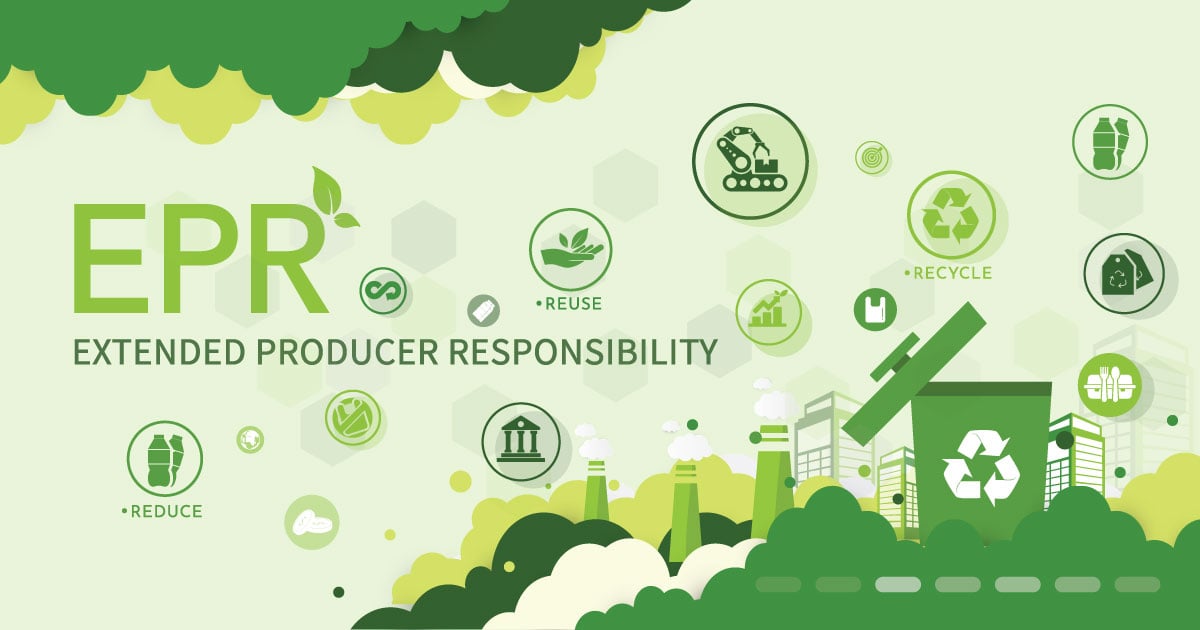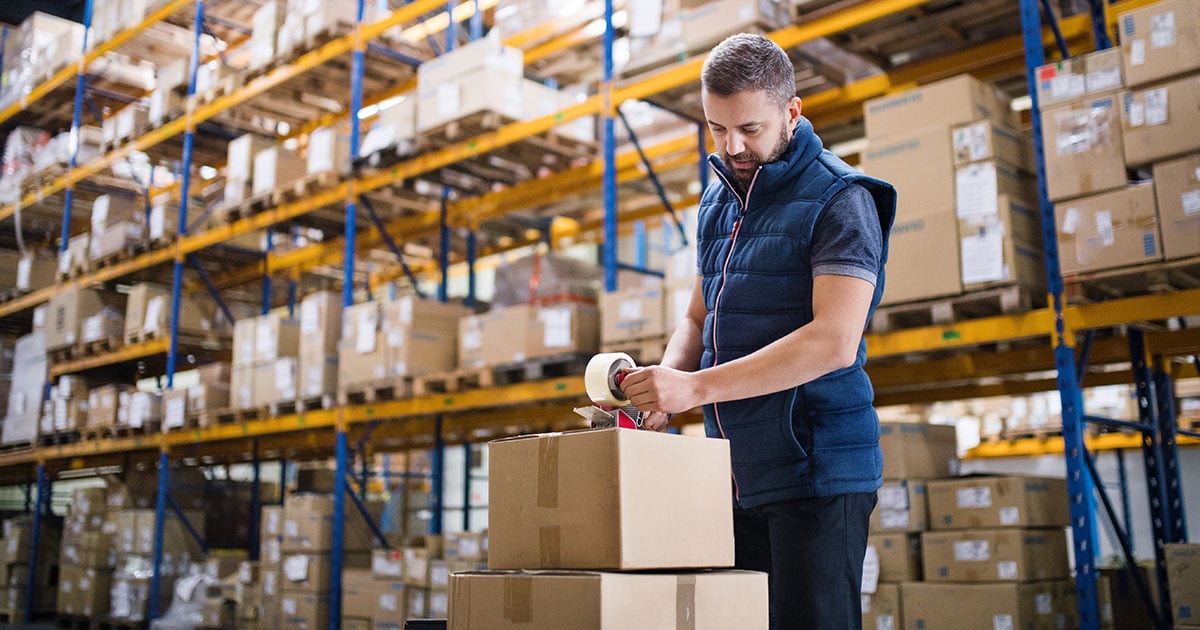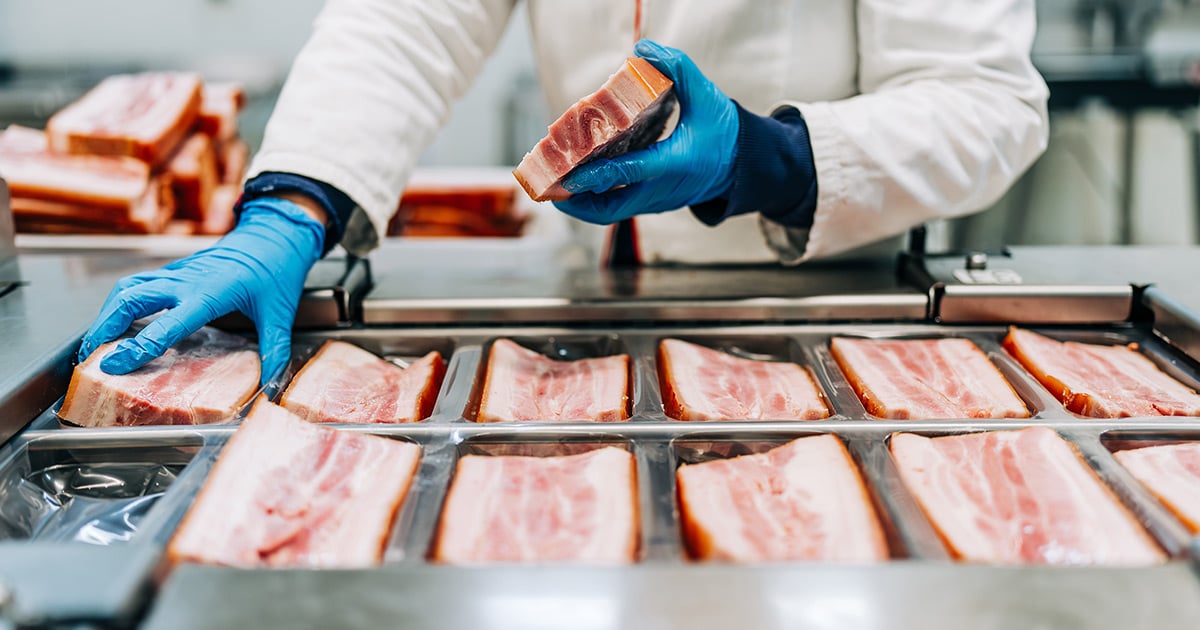12 min read
Box Smarter, Spend Less: Holiday eCommerce Packaging Strategy
It’s the most wonderful time of the year, unless you’re in the throes of holiday ordering chaos. However, there's no need to worry, as there are...

Extended Producer Responsibility (EPR) laws are being introduced across the U.S. to tackle a growing waste crisis and are changing how companies handle packaging. These laws shift the burden of packaging disposal from taxpayers to the companies that create it.
If your business makes, ships, or sells products, EPR will impact how you design, source, and manage packaging—whether you're ready or not.
Waste diversion has been a hot topic over the last decade due to a combination of factors, including the rapidly diminishing landfill space, foreign countries no longer accepting our trash, and insufficient infrastructure for processing recyclable materials.
That’s why states and cities are pushing hard to reduce the amount of trash we generate in the first place—especially packaging waste. The big question now is: How do we keep more materials out of landfills and in the recycling loop?
Extended Producer Responsibility (EPR) policies have emerged as one of the solutions to address waste diversion as it looks at the entire lifecycle of a product from a global perspective—from inception to disposal—and divert as much from the landfill as possible through recyclability and choice of materials.
EPR means if you make it, you’re responsible for what happens to it after it’s used.
It’s about holding producers accountable for the packaging they put into the world, and making sure it doesn’t just end up in a landfill. EPR is a key part of the bigger shift toward a circular economy, where materials are reused, recycled, or composted instead of being thrown away. It also fits into greater sustainability goals and initiatives.
For industrial packaging teams, it ensures the development of circular packaging—the purposeful designing of packaging systems to minimize waste while maximizing the ability to reuse, recycle, or compost materials.
As of June 2025, seven states have passed EPR legislation specific to paper and packaging, and an additional nine states are actively considering or advancing their legislation, requiring producers to pay fees based on packaging materials used when producing, distributing, and shipping a product.
The goals of this legislation are to:
These fees will apply to all packaging materials (paper, plastic, etc.)—from primary packaging to secondary packaging—and are based on the:
Each state handles EPR a little differently, and that is challenging for some producers. Some states cover all packaging, whereas others only cover certain types and the rules about who reports what (and when) can vary greatly.
If you ship products across state lines, you’ll need to keep track of multiple implementation and compliance timelines, reporting systems, and fee structures.

Provide base materials—start of the packaging lifecycle
![]()

Converts raw materials into packaging components
![]()

Designs & specifies packaging + owns products (often primary entity responsible for EPR)
![]()

Sells & ships packaged goods (may be responsible for EPR if repackaging occurs)
![]()

Uses product and dispose of the packaging
![]()

Collects & processes waste (funded by EPR to improve recycling infrastructure)
![]()

Manages reporting, fee collection, and fund distribution—central to compliance & oversight
There are many stakeholders in the lifecycle of a product and its packaging, starting with the raw material supplier, followed by a converter and/or distributor, then the brand that owns the product before it is purchased by a consumer and ultimately disposed of in a municipality’s waste stream.
So, who counts as a “producer”?
If you make, import, distribute, or sell products that come in packaging—you likely qualify as a producer. Even if you’re simply repackaging items for eCommerce or utilizing tertiary packaging to stabilize loads during shipping, you could still be responsible under EPR laws.
If you are a producer, you’re responsible for any packaging that ends up in a state with EPR legislation in the books, regardless of which state you’re based in. Since each state defines 'producer' differently, it’s important to review the legislation in every state where your packaging is sold or distributed.
Producers are also required to register with a designated Producer Responsibility Organization (PRO), unless exempt or if they submit an individual compliance plan, for states in which they are obligated to report data and pay fees.

Think of Producer Responsibility Organizations (PROs) as the coordinators and central hub that connects producers, state regulators, and recycling systems to ensure the EPR process runs smoothly. These are non-profit groups approved by the state and led by producers. They take on the heavy lifting of managing EPR programs for paper and packaging.
Here’s how it works: Producers report their packaging data and pay fees to the PRO. The PRO then collects that information and funding and redistributes the money to local recycling programs that need it.
Right now, the Circular Action Alliance (CAA) is the only PRO approved in the U.S. to manage EPR programs for paper and packaging. Some states stick with just one PRO (like CAA), while others may allow multiple organizations to run their own programs.
If you’re a producer, you’ll need to register with the state designated PRO, sign the Participant Producer Agreement, and complete any required state-specific addendums before you can access their reporting portal.
The good news? PROs offer a ton of helpful resources, everything from beginner guides to detailed training materials, so you can understand your responsibilities and stay compliant without getting overwhelmed.
Need help navigating EPR? Our experts and supplier partners can help you build a compliant, cost-effective packaging strategy. Contact us today to get started.

12 min read
It’s the most wonderful time of the year, unless you’re in the throes of holiday ordering chaos. However, there's no need to worry, as there are...

9 min read
The packaging world in North America is facing a moment of transformation. Between unpredictable global developments, shifting consumer habits, and...

13 min read
In 2025, food industry packaging is experiencing a rapid transformation. This is causing food processors and foodservice operators to reevaluate how...